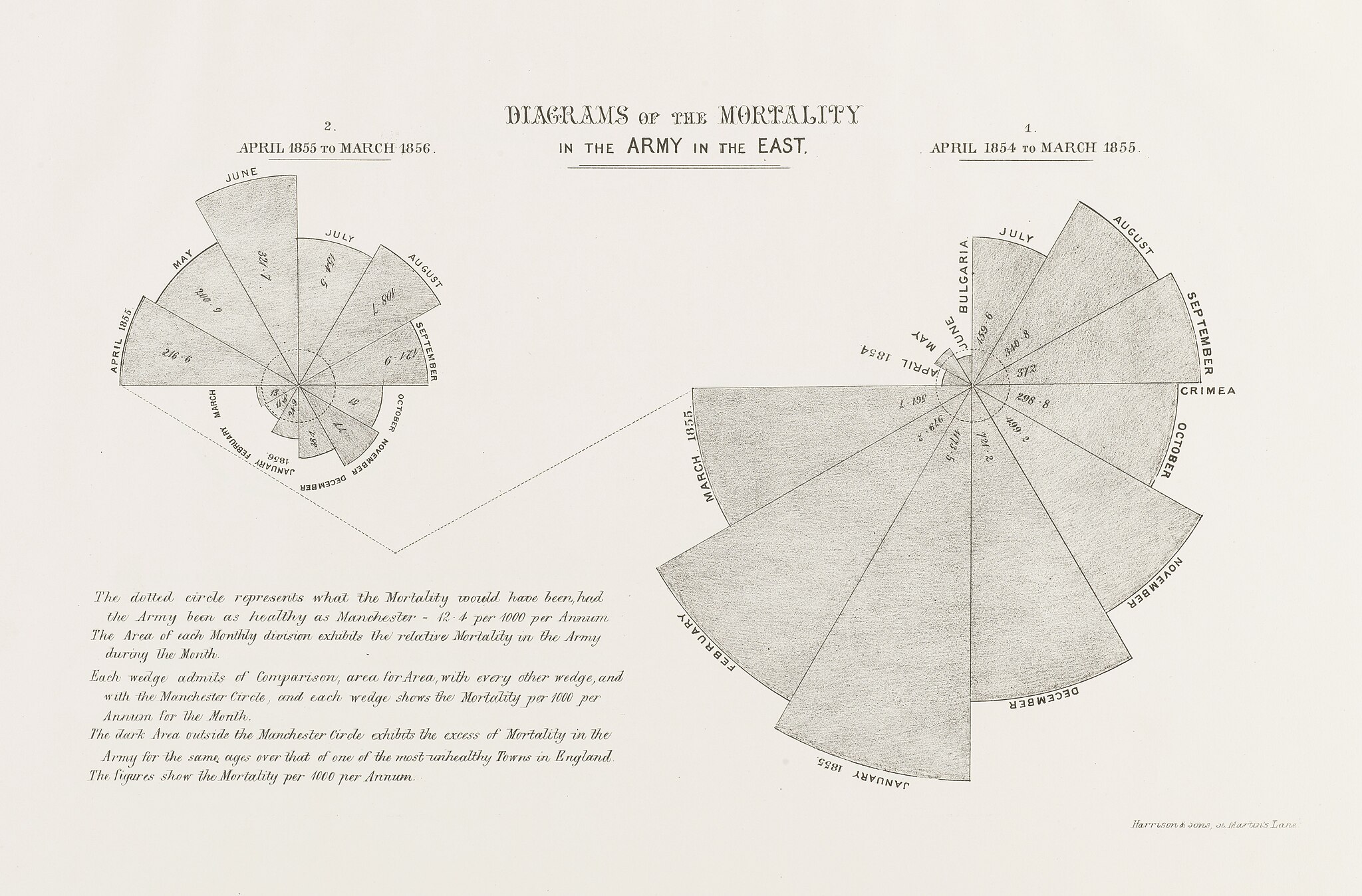I’ve noticed a phenomenon both in trade press and mainstream media: it’s become increasingly common to read bylines signed by so-and-so, Data Journalist.
Over the past decade and a half, publications worldwide have set up permanent data teams to navigate the oceans of information that surround us. This evolution has given a new lease of life to data journalism, a field that now combines the rigour of old-school investigative reporting with the potential of the digital age.
Just as influencer and digital marketing transformed advertising, data journalism is reshaping how we consume news. Its supporting actor, data visualisation, fascinates the public. Social media spaces dedicated to showcasing the best examples are popular: r/dataisbeautiful on Reddit has an active community of more than 20 million. Some 870k Instagram users follow market data platform @statista and like and reshare their colourful graphs. Profiles that focus on particular slices of data are also having their moment: @tagwalk or @databutmakeitfashion for trends, @the.world.in.maps for geopolitics and sociological data, @sportico for sports.

This leads me to wonder, should corporate communications teams consider integrating a data analyst’s approach into their operations, given that publications are increasingly adopting this method and that it resonates with audiences?
In the case of re/insurers, data-driven storytelling feels like it should be a natural fit. If there’s one thing our clients have traditionally relied on to make decisions it is information: weather patterns, past named events, actuarial tables and statistics. McKinsey has identified data as one of the key themes insurance executives are thinking about in 2024, with worries ranging from data architecture to usage to underlying data quality.
In practice, even with the best of intentions, access to this data remains fragmented at the institutional level. A common challenge in re/insurance companies is data that’s siloed, meaning teams not directly involved in collection and treatment need to get permission to use it. Communications teams can justify the need for access by showing how the data can help craft compelling narratives, highlight success stories and societal impact, and transform complex concepts into graspable infographics and visualisations. Trends, risk mitigation strategies, consumer behaviour, claims reduction are all topics that lend themselves well to data journalism.
Data shouldn’t just be a tool for actuaries but a strategic asset for insurers’ PR and communications efforts, helping them get their message across and build trust.
Diagram of the mortality in the British Army in the east – Image CC BY 4.0 via Wikimedia Commons


